Profile Selector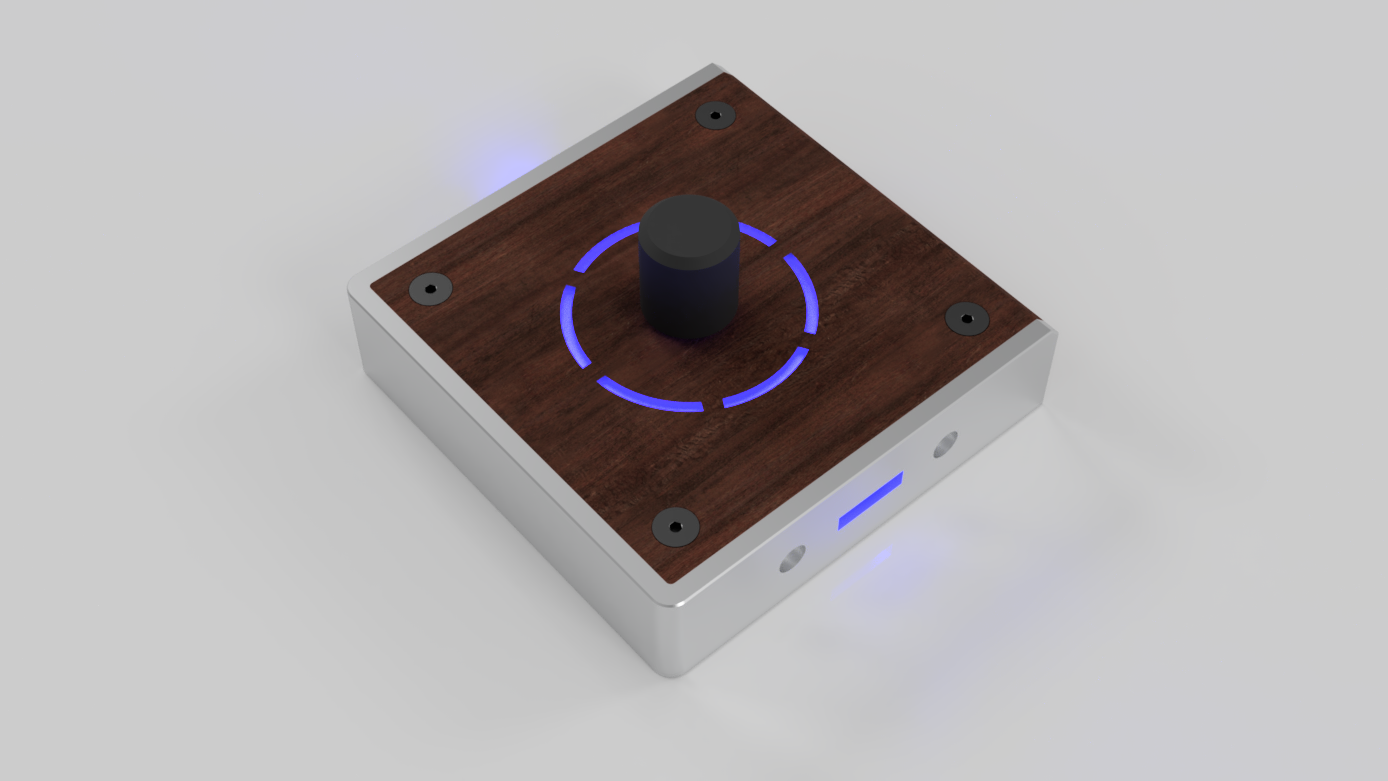
The profile selector module consists of a single rotary encoder, a single button, and a ring of 6 RGB LEDs. When connected to the other modules using I2C, this module is used to select the profile for all the modules. When used on its own, it uses the dial to select between hotkeys which are activated on pressing the dial.
3x3 Keypad
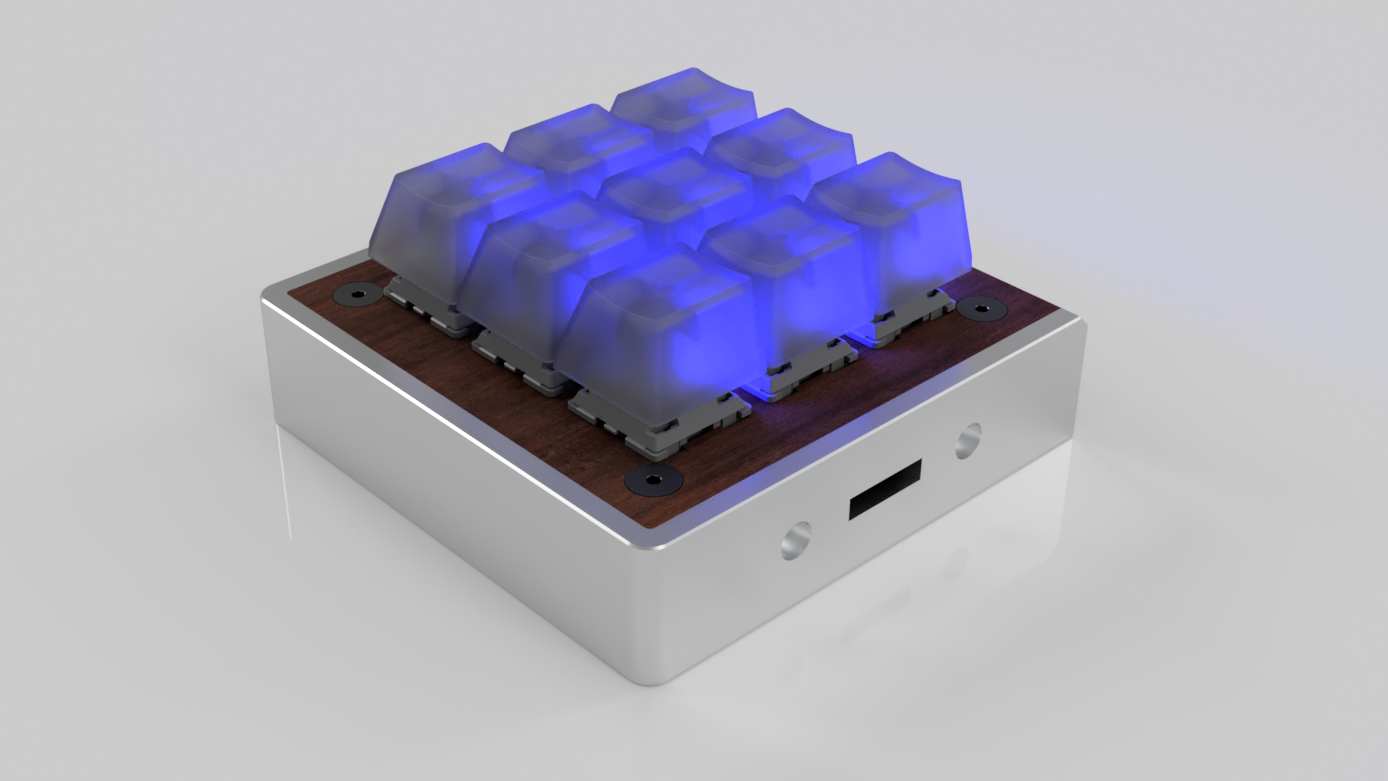
The keypad module is a 9-key programmable keypad. Each key can programmed to activate a hotkey, such as to uploading or verifying a sketch, toggling comments, or various CAD functions.
Dials
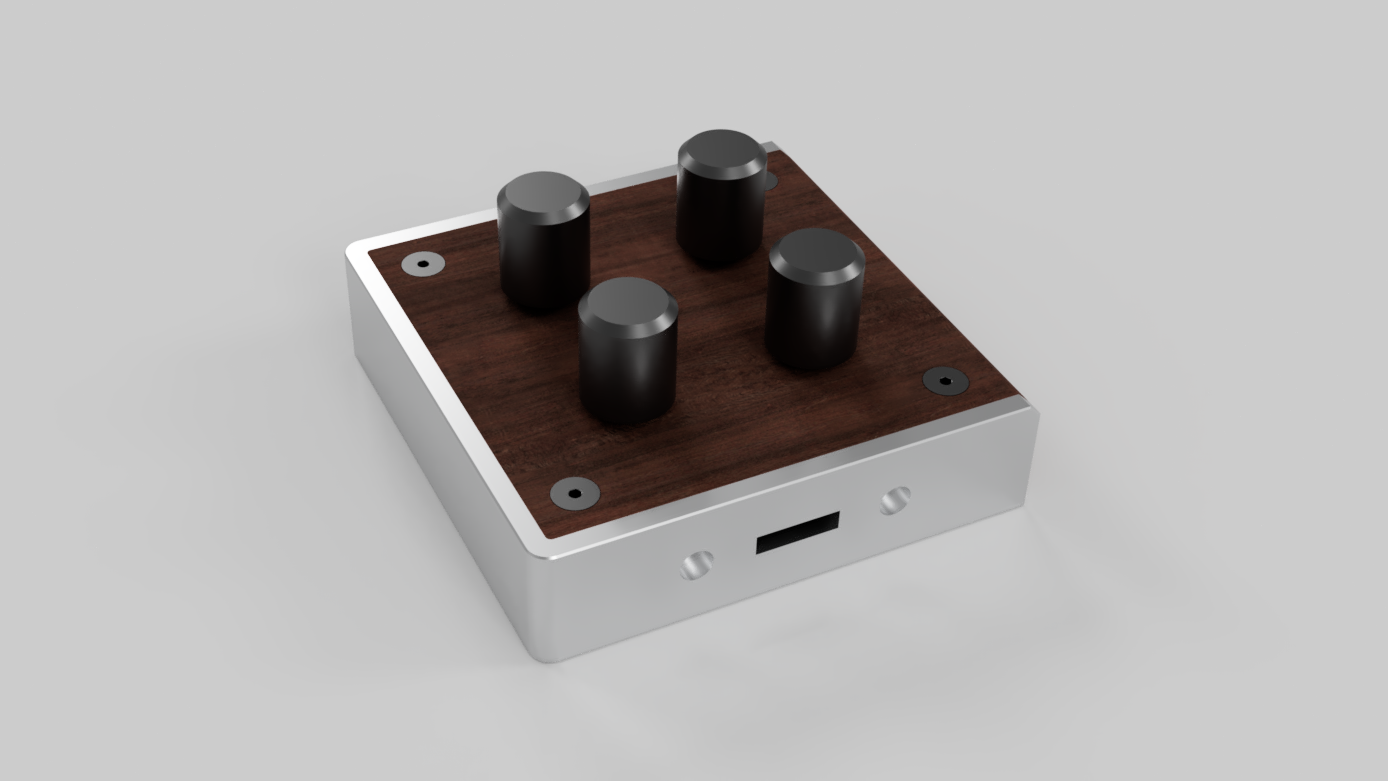
The dial module consists of four rotary encoders. The dials can be used for a variety of functions, including scrolling, moving the cursor, or emulating a joystick.
Faders
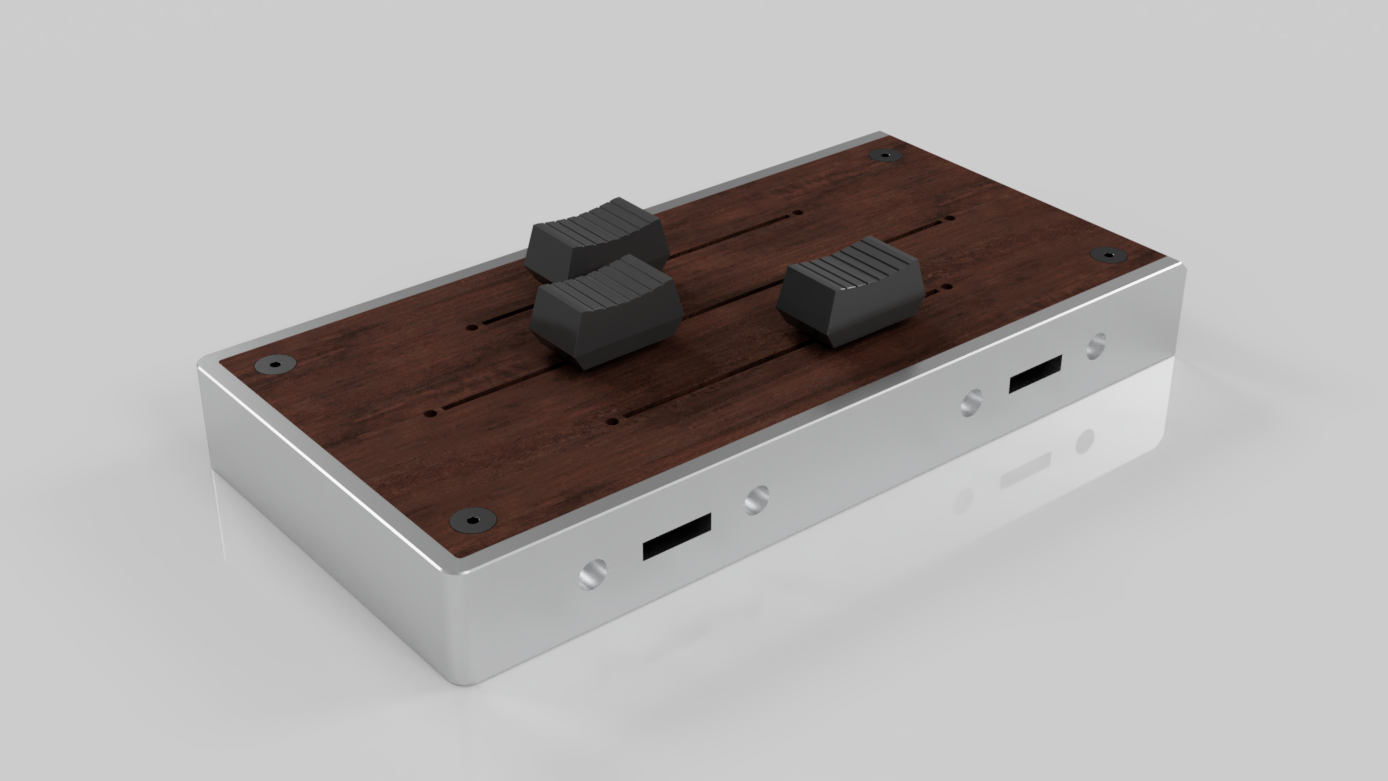
The fader module consists of three faders. The faders can be used as joystick axes or for other functions.
 Cole B
Cole B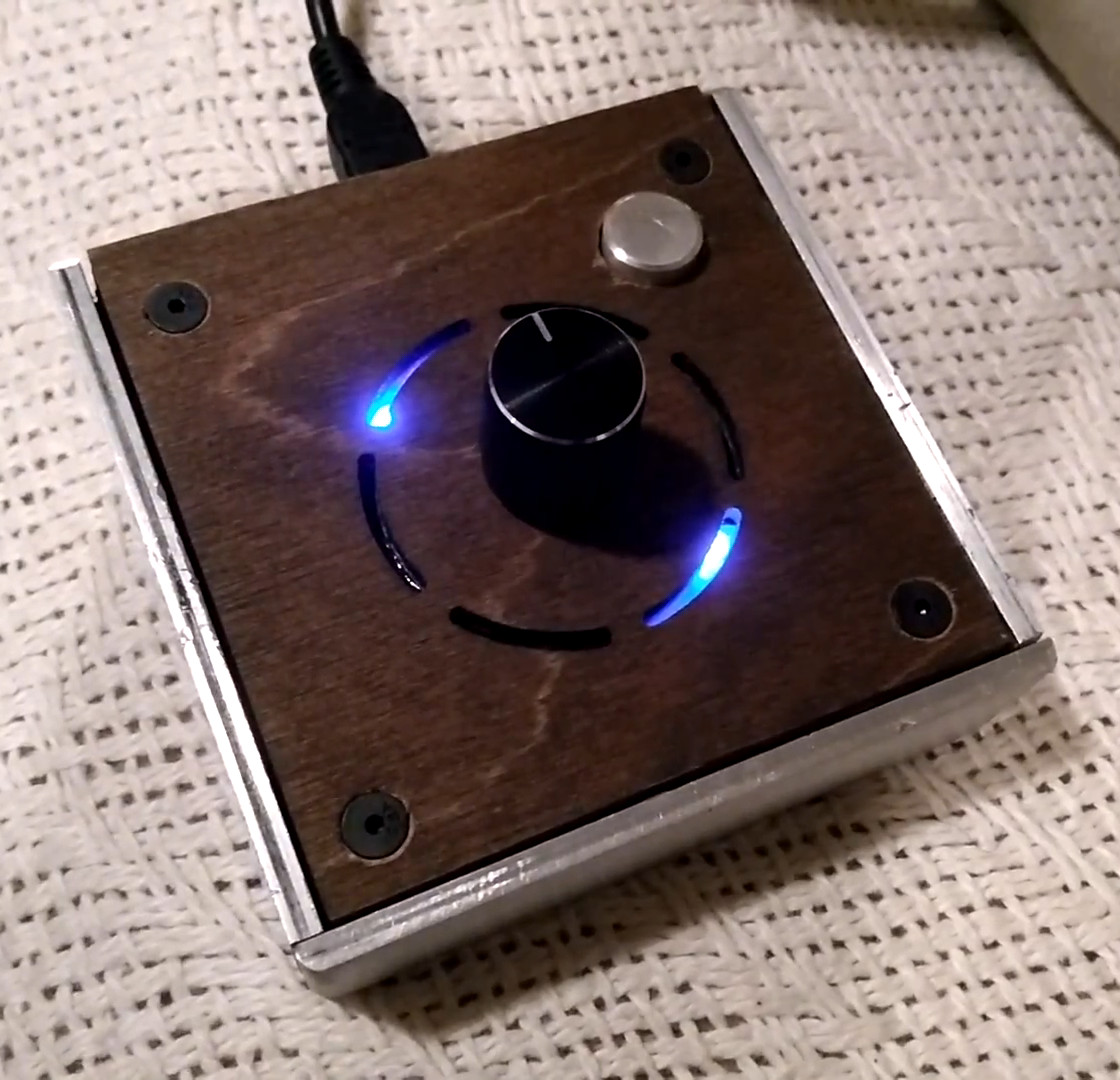
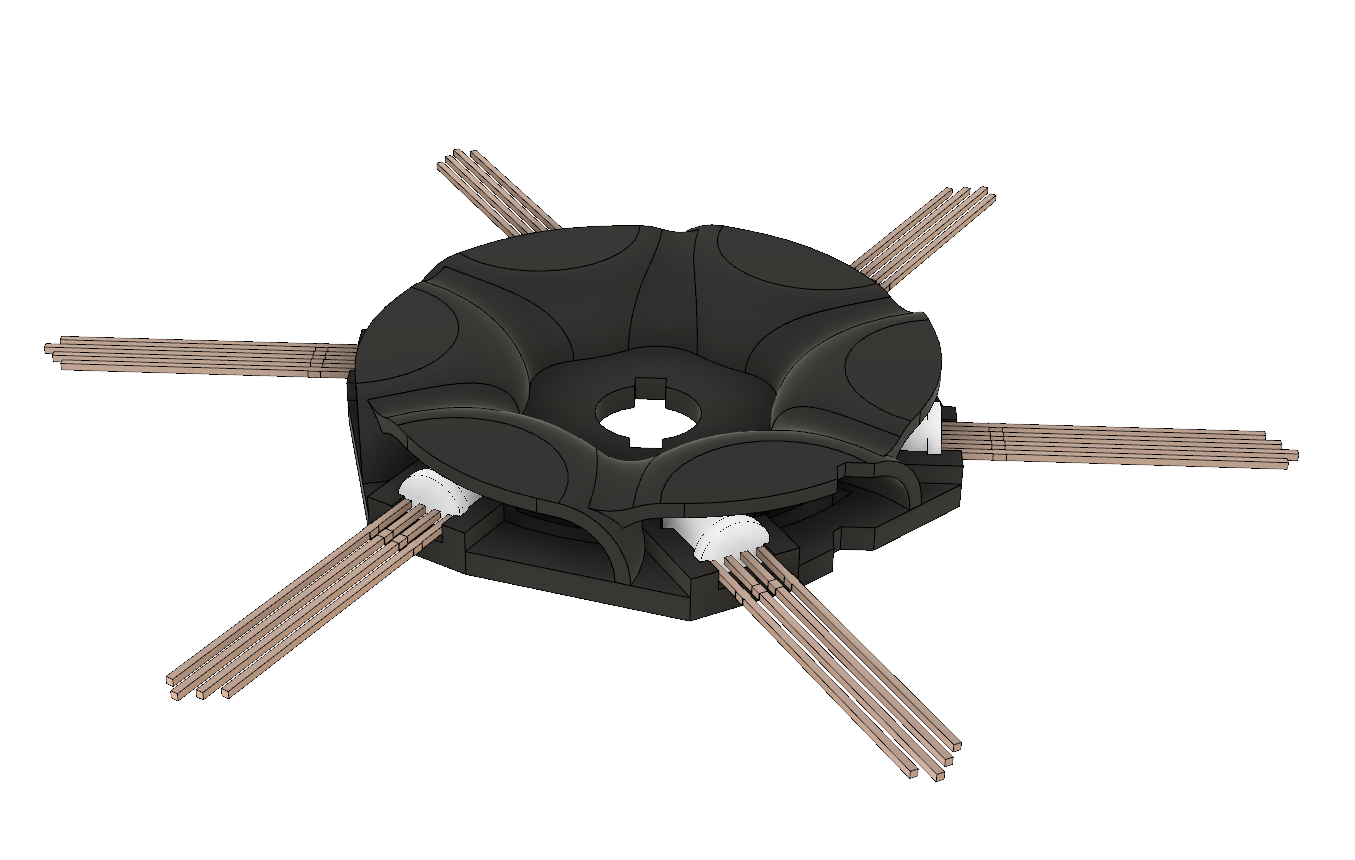
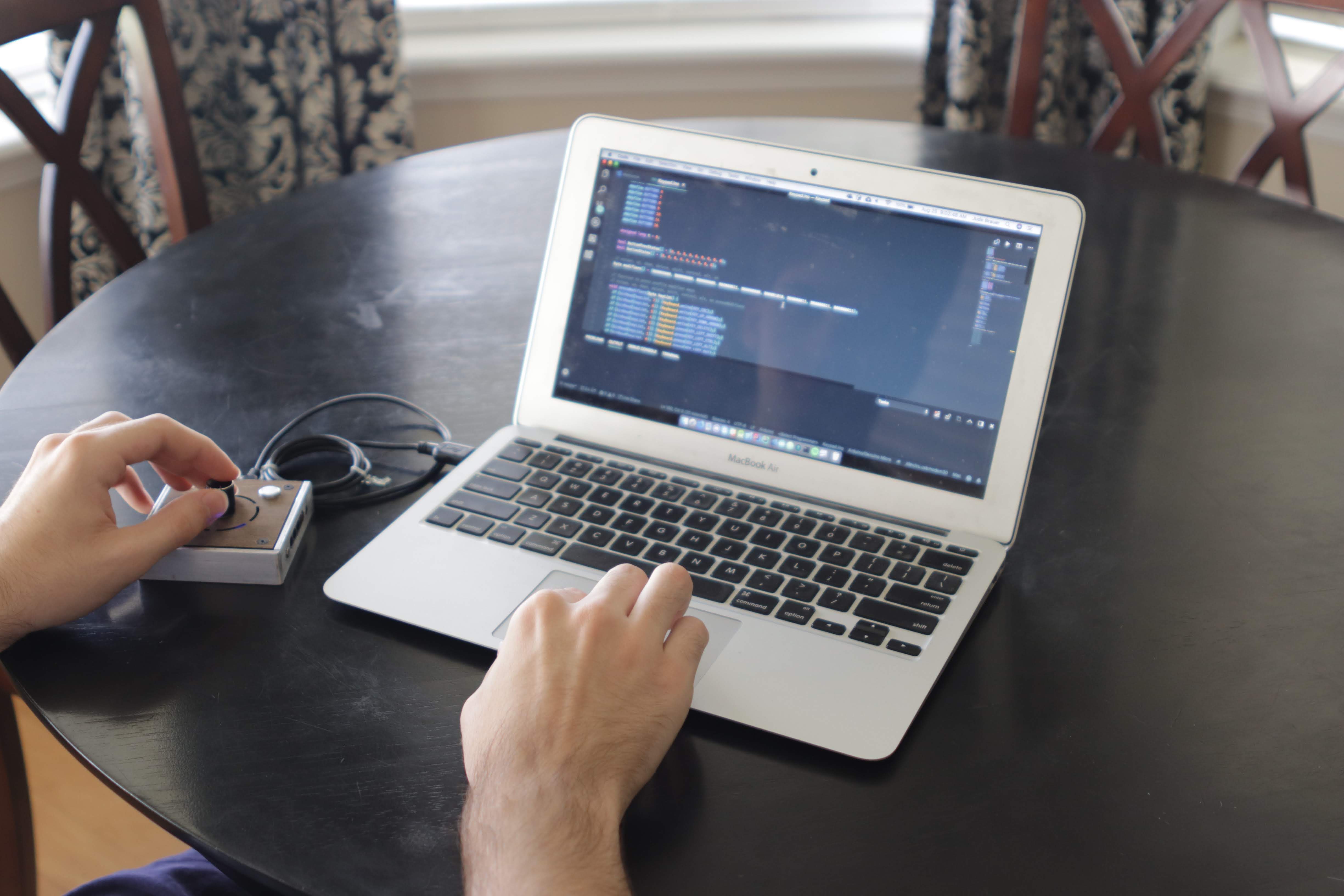
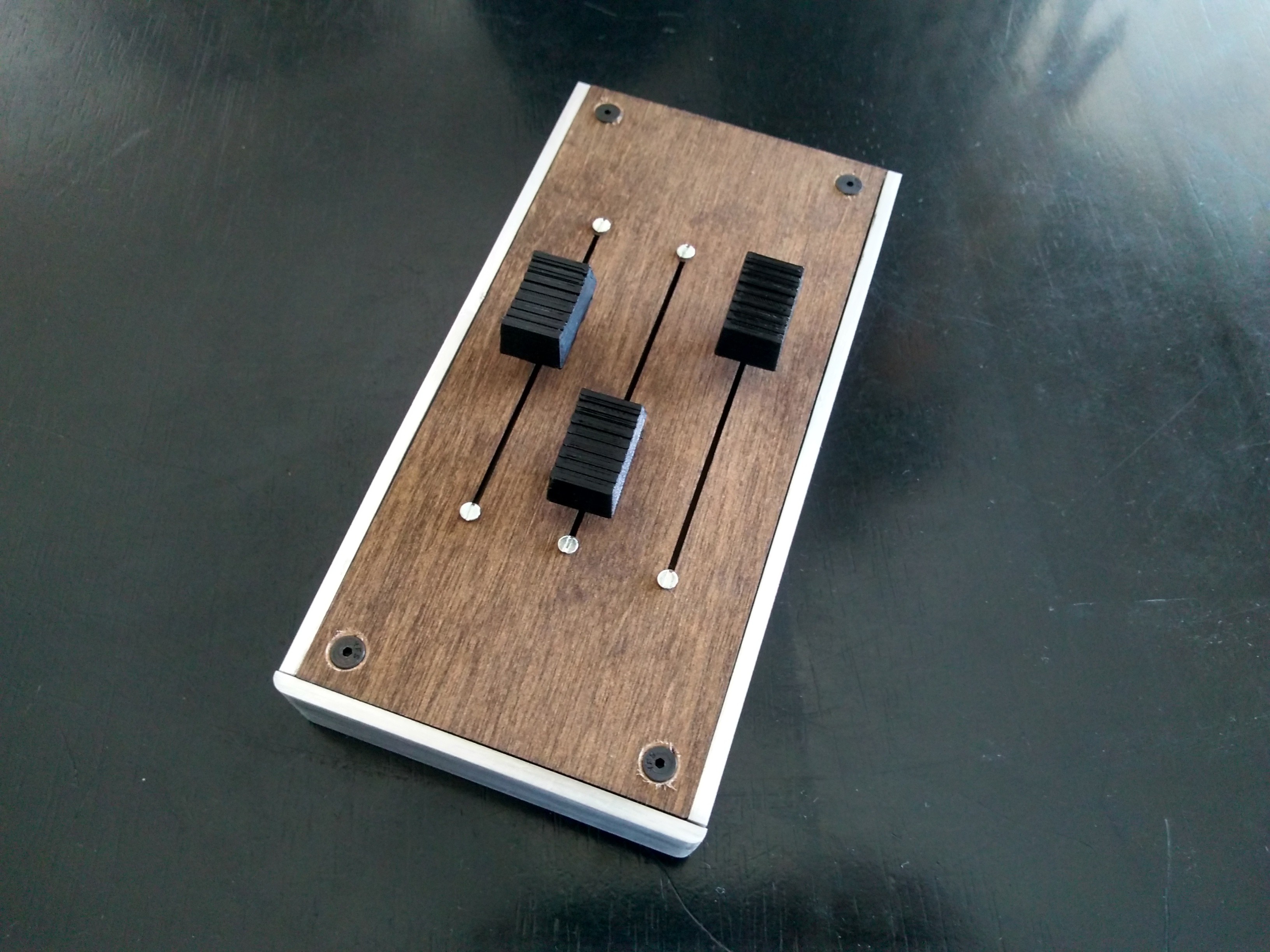
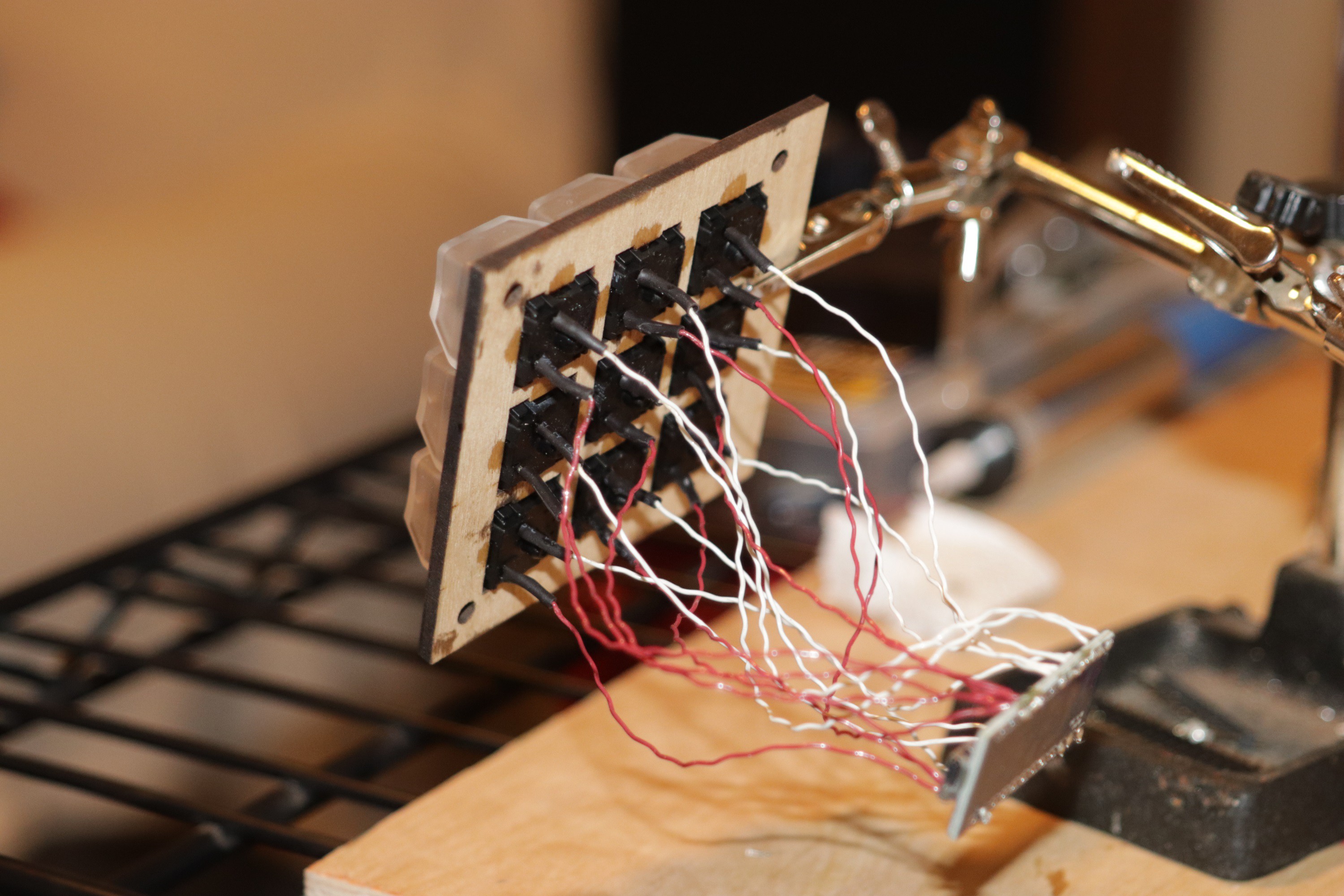

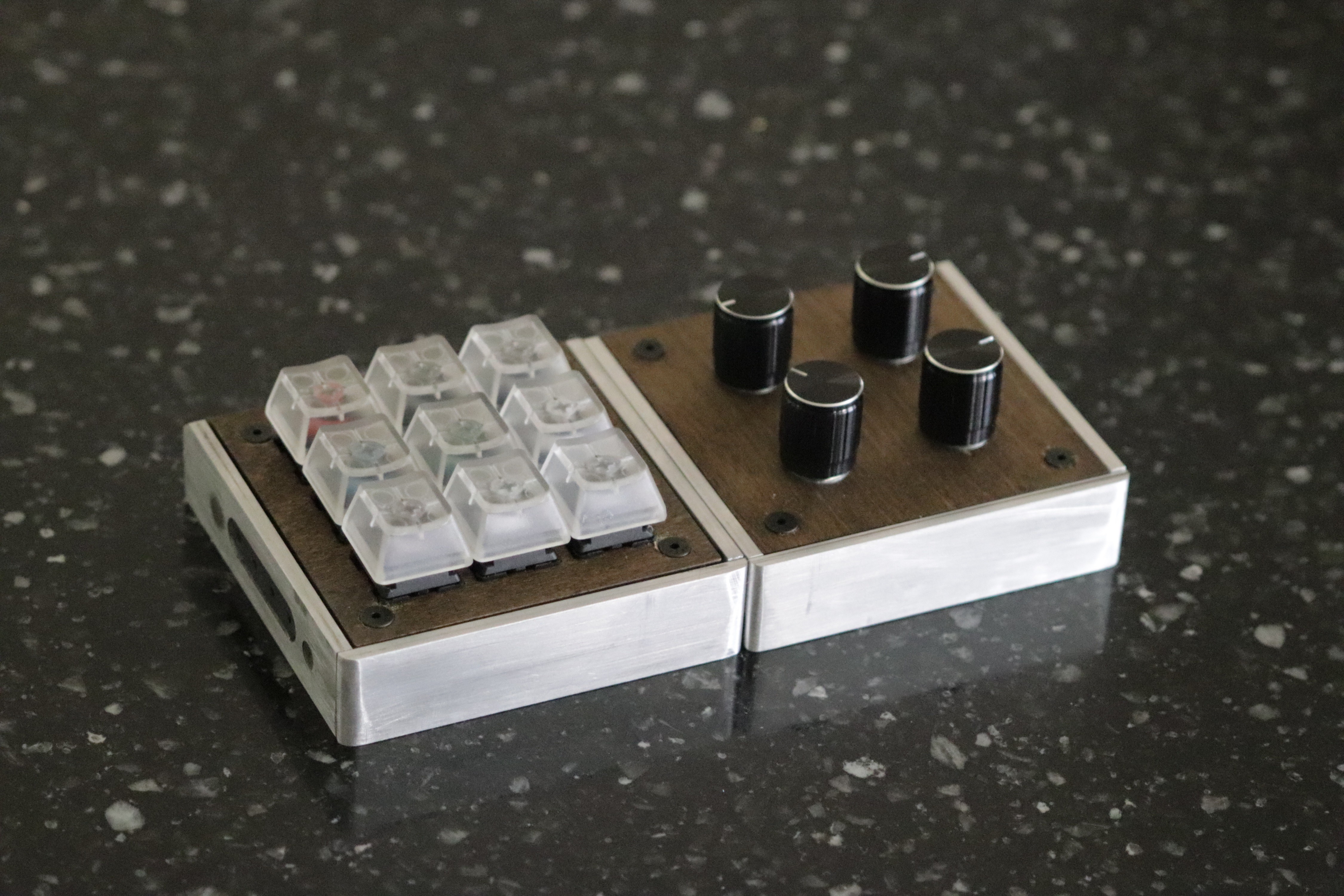

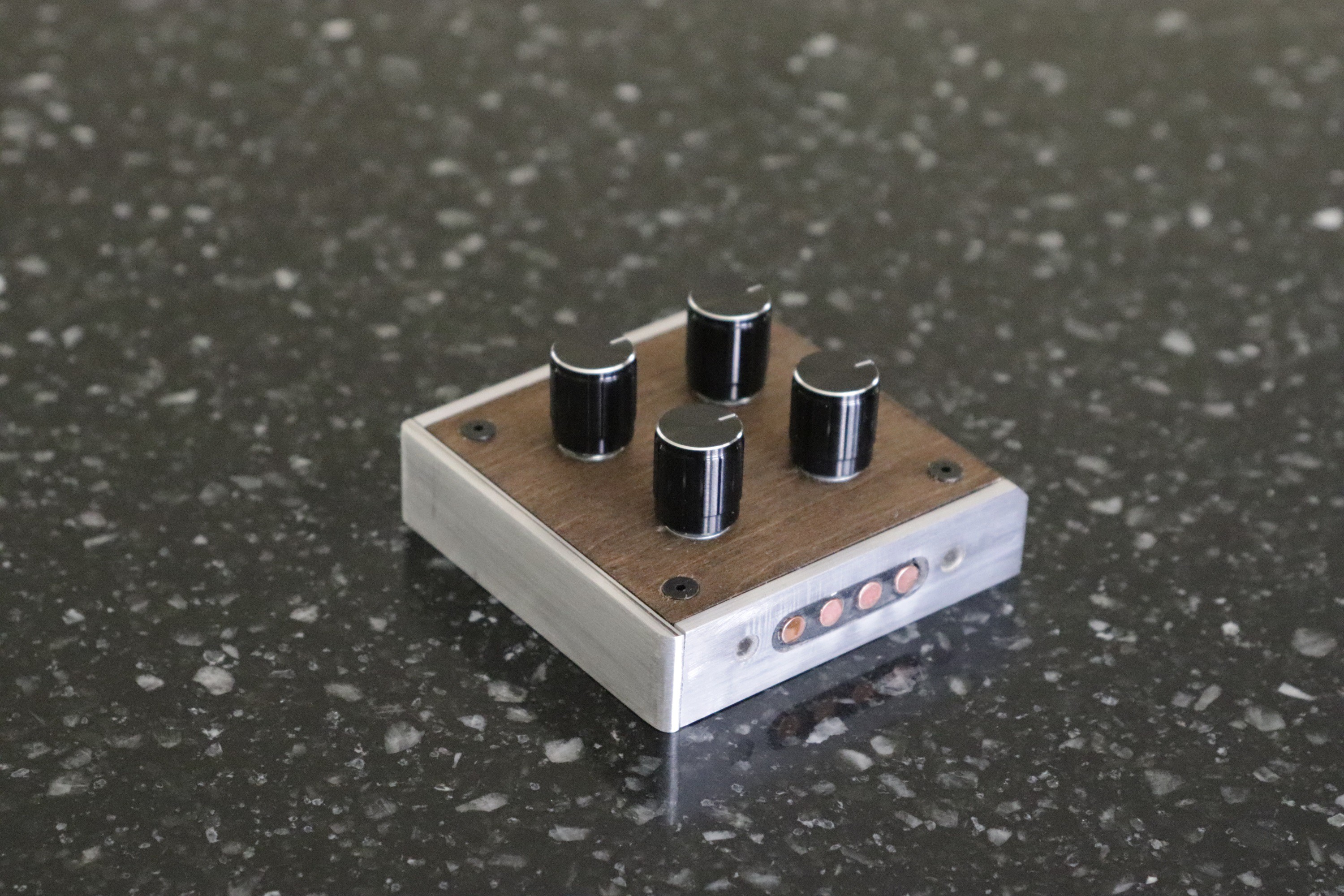
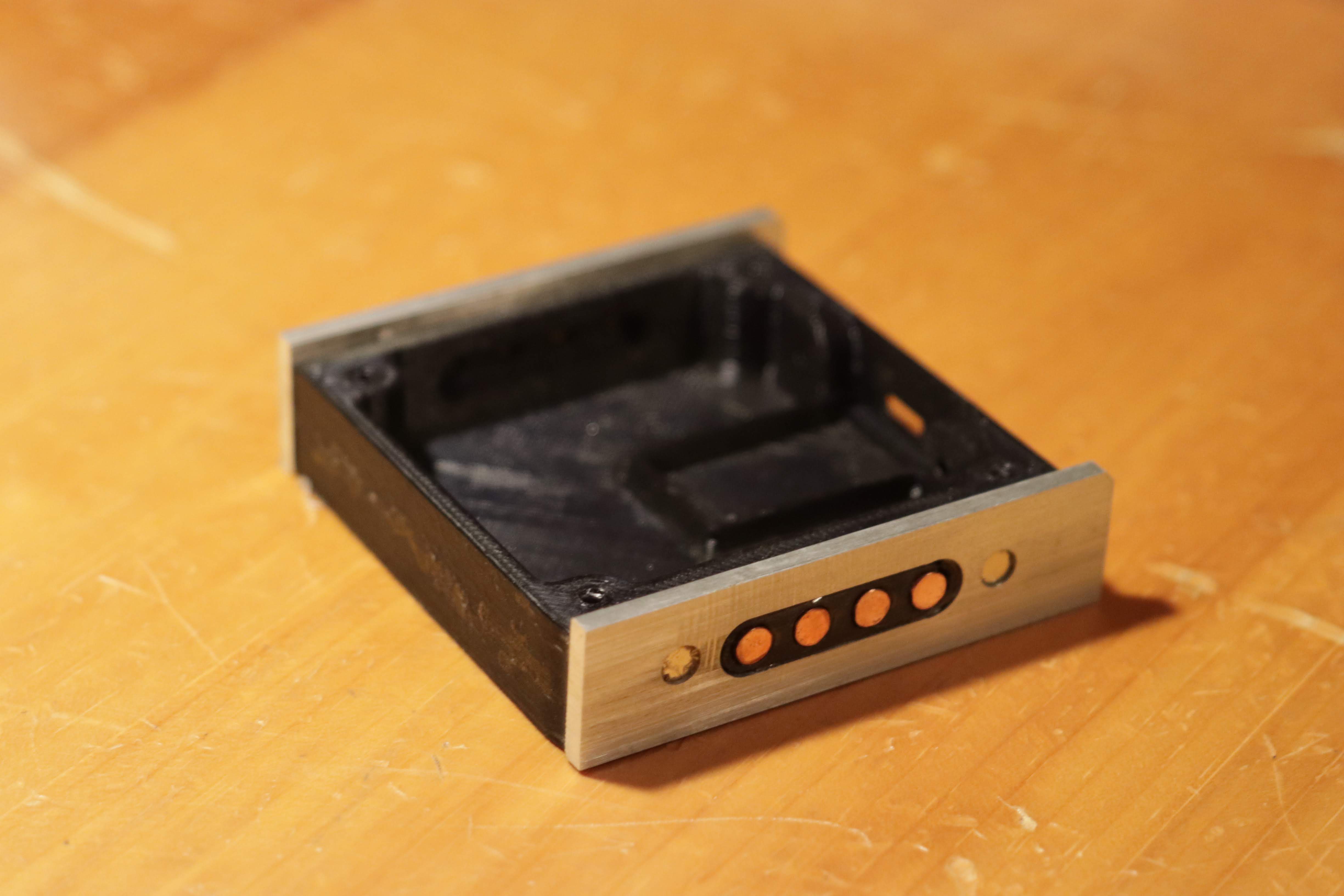
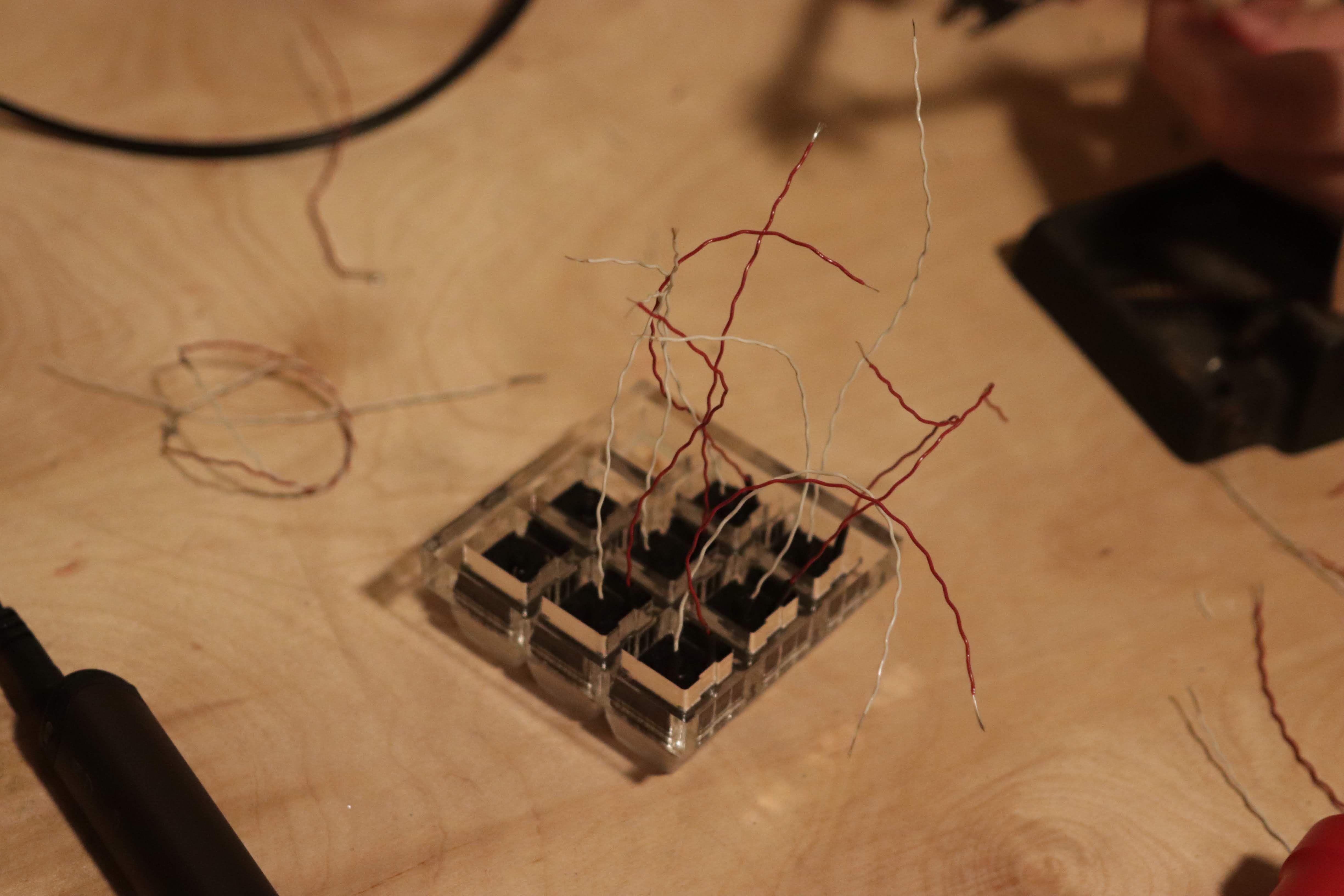
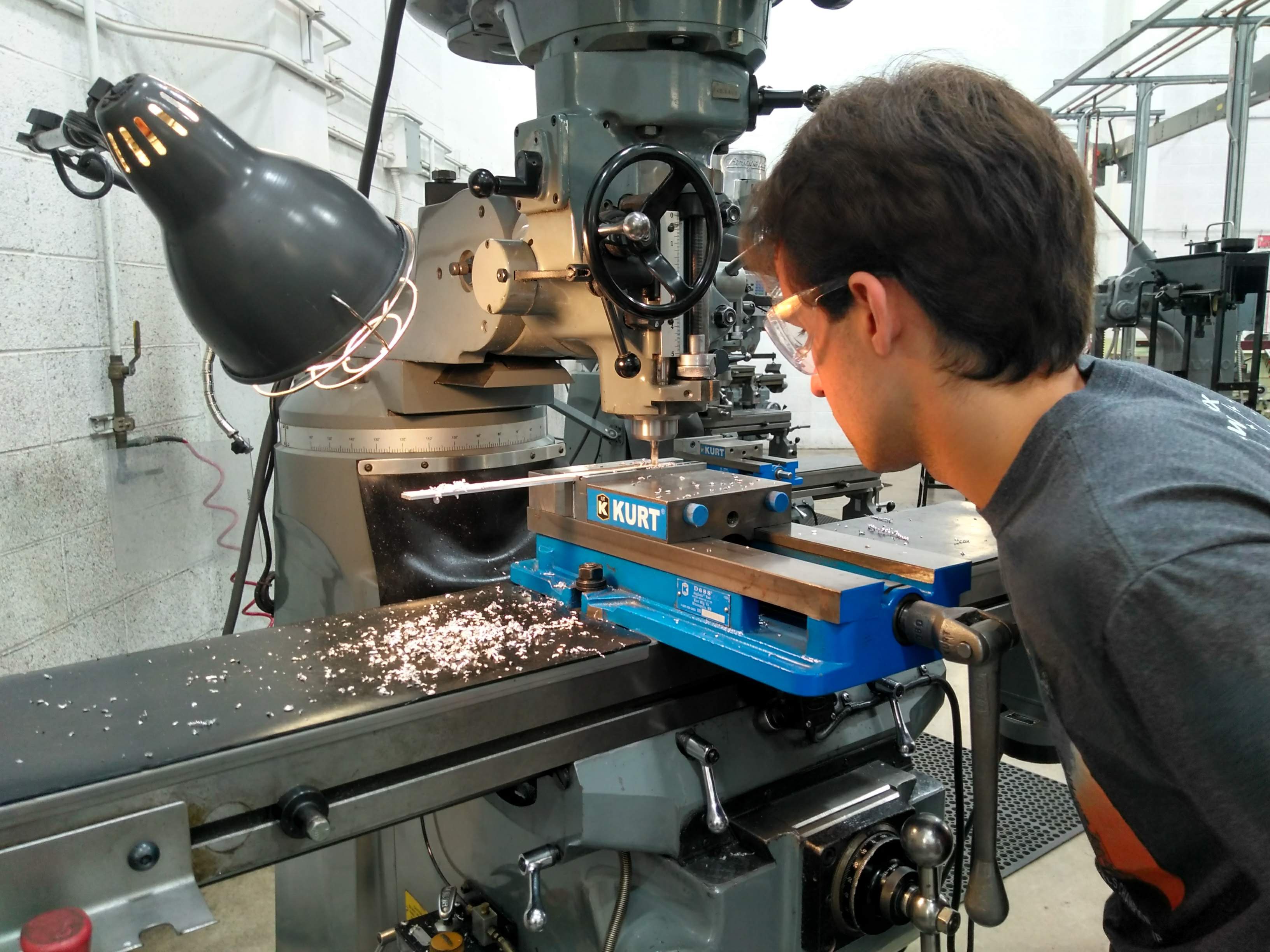
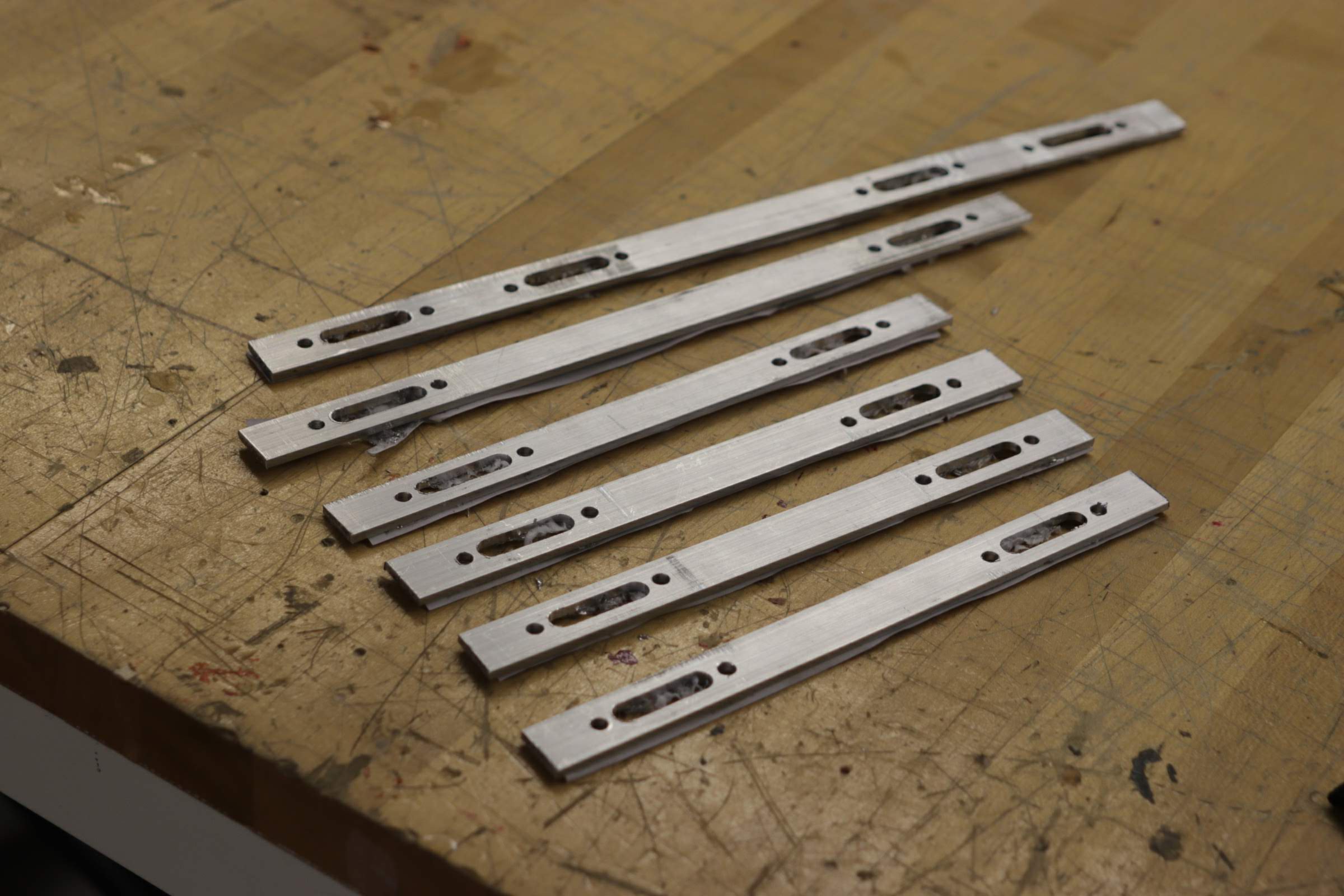
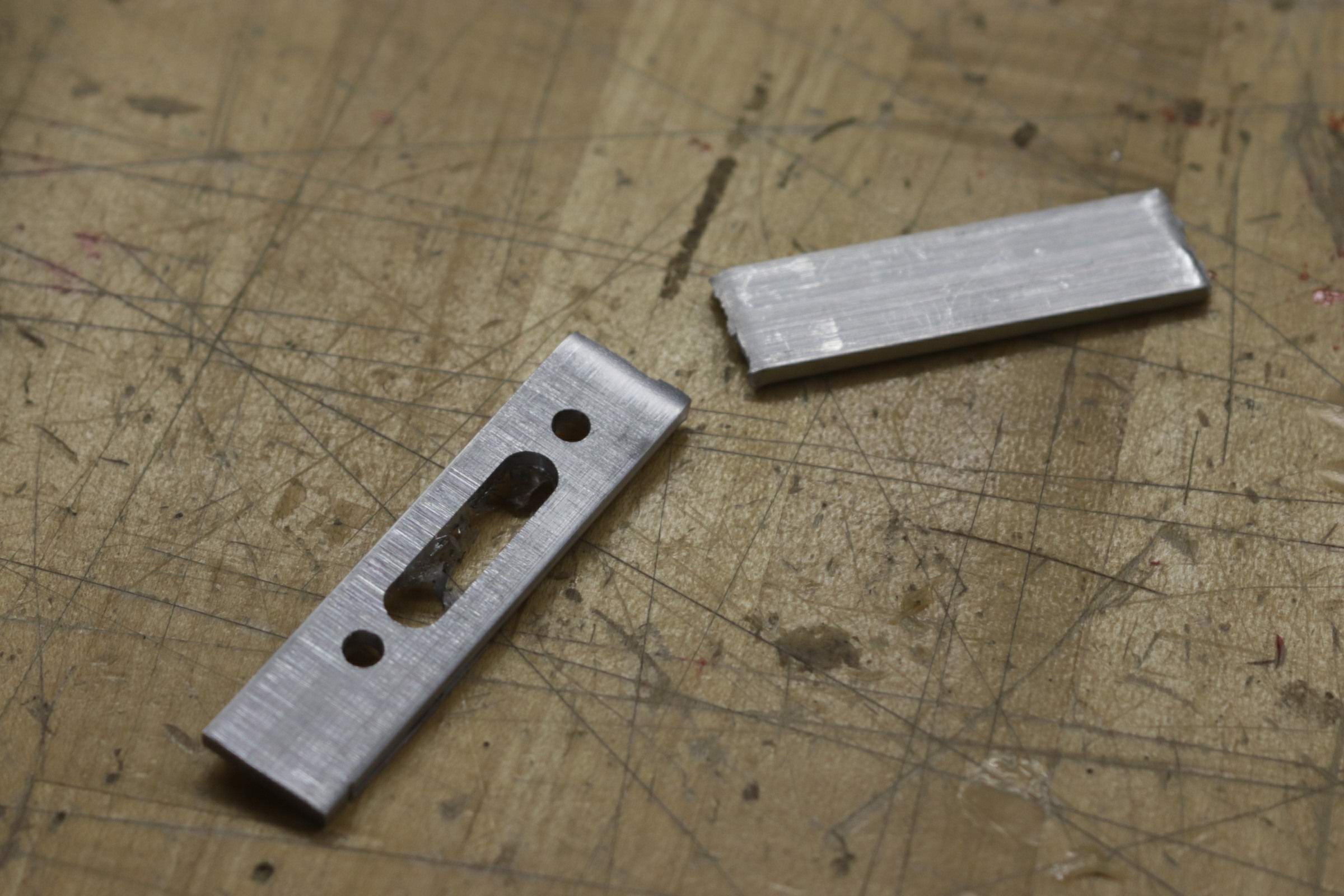
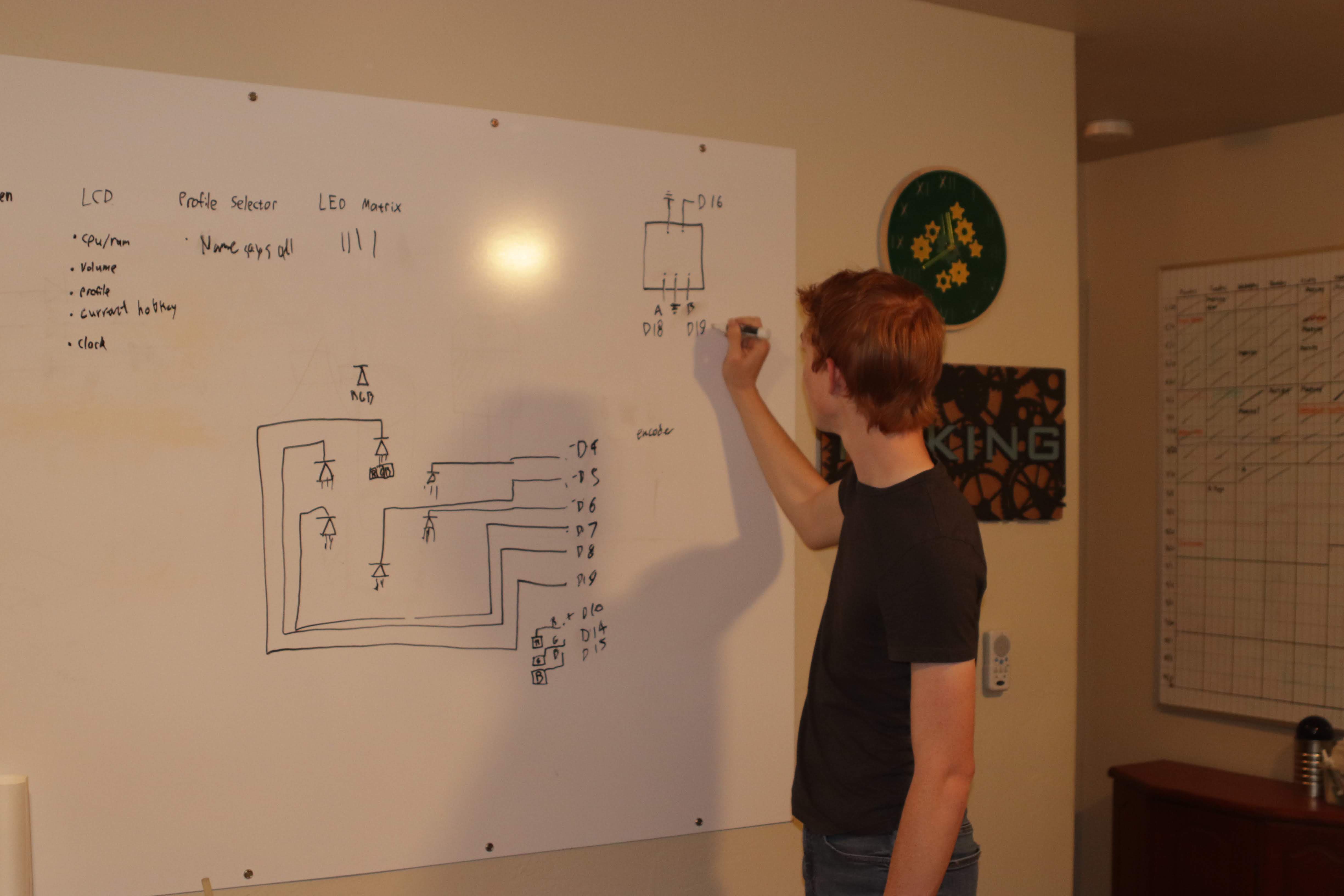
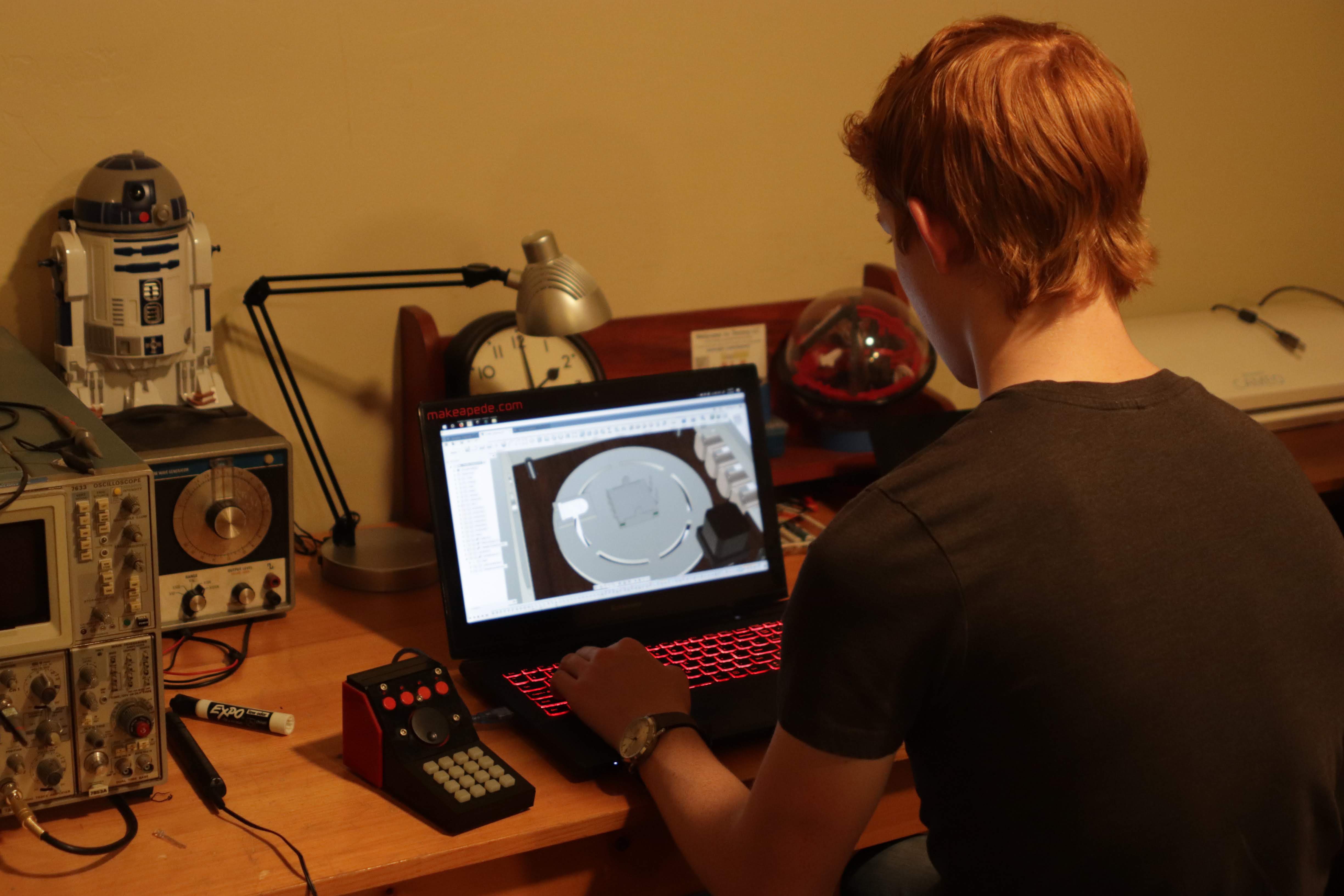
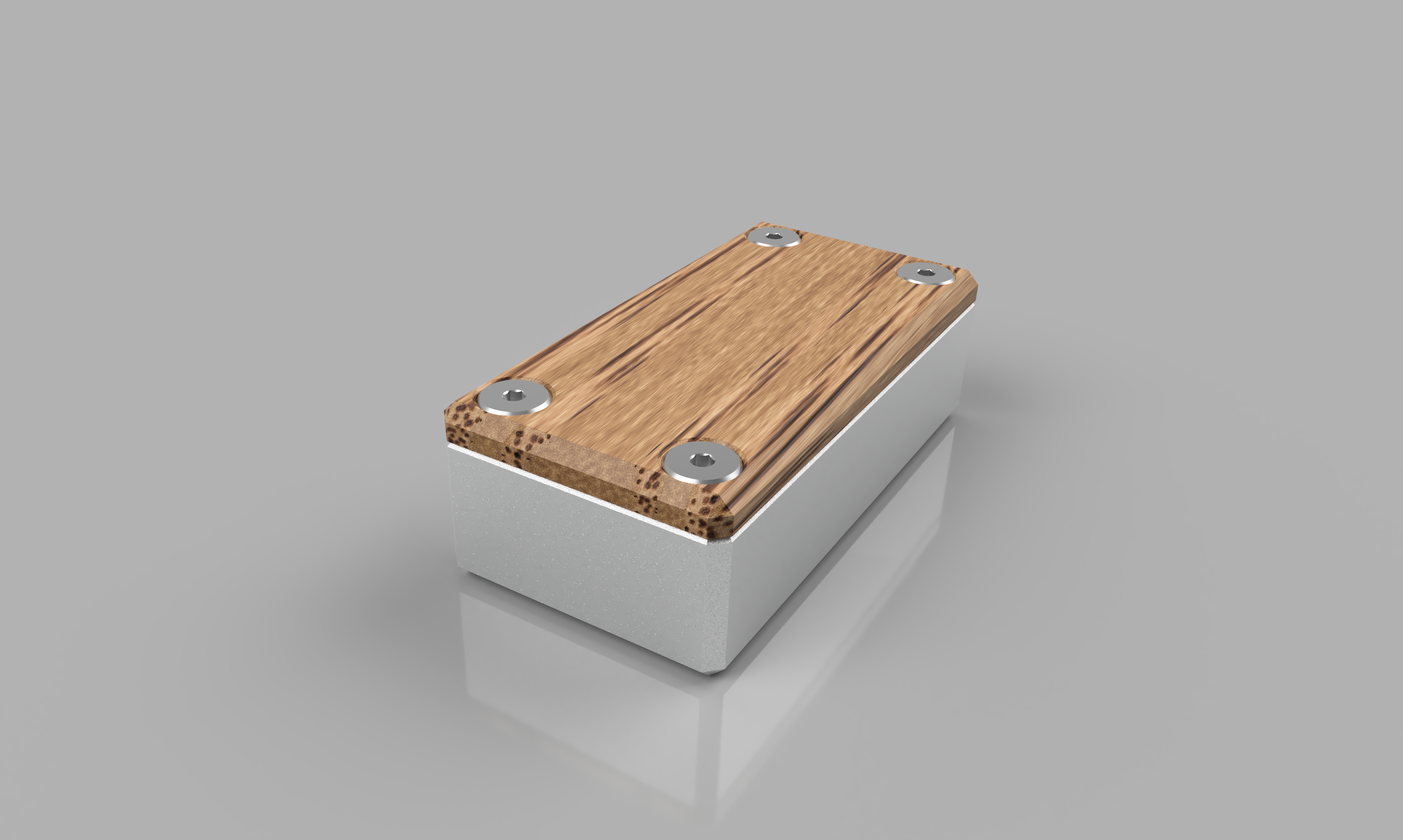
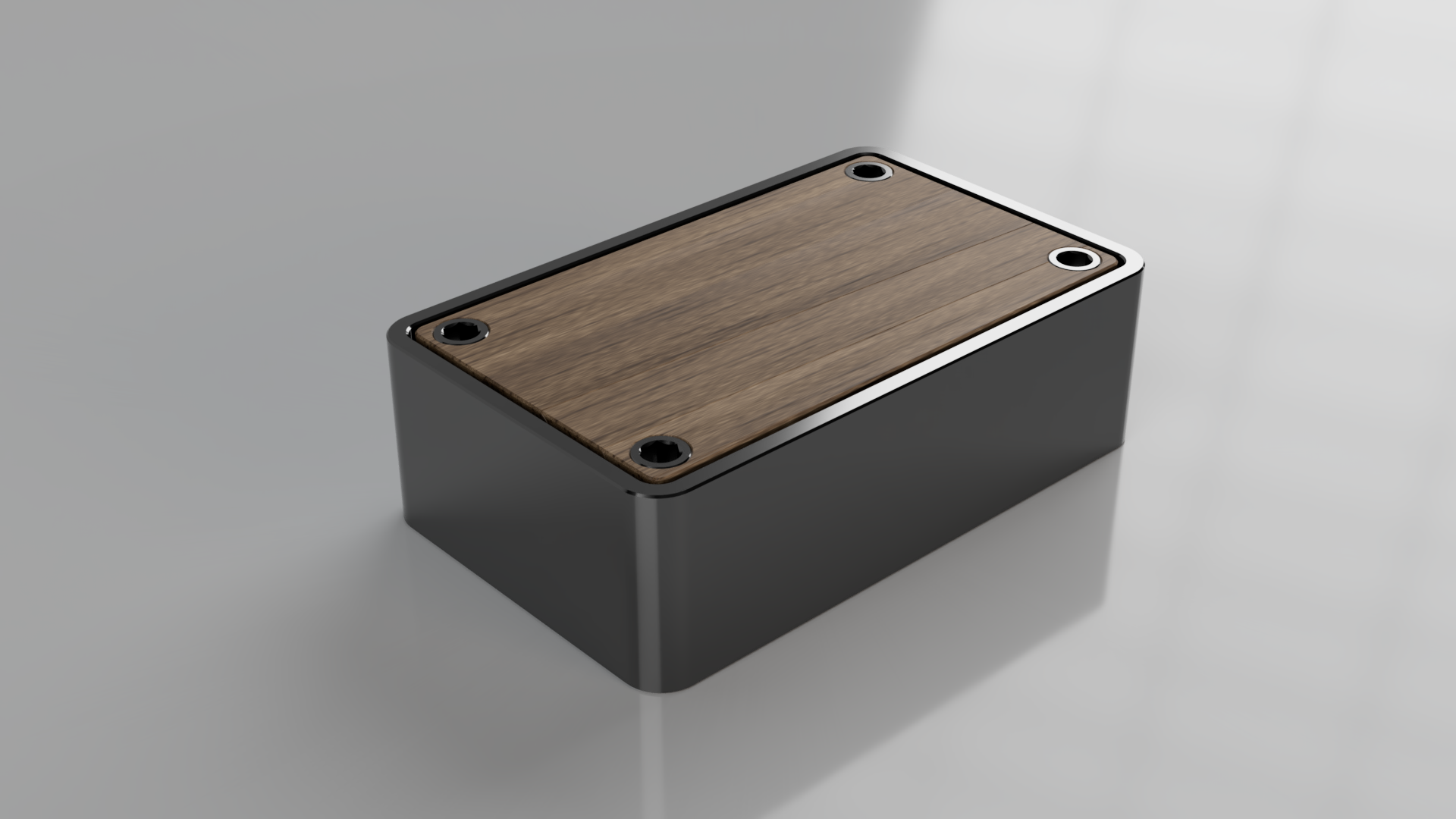
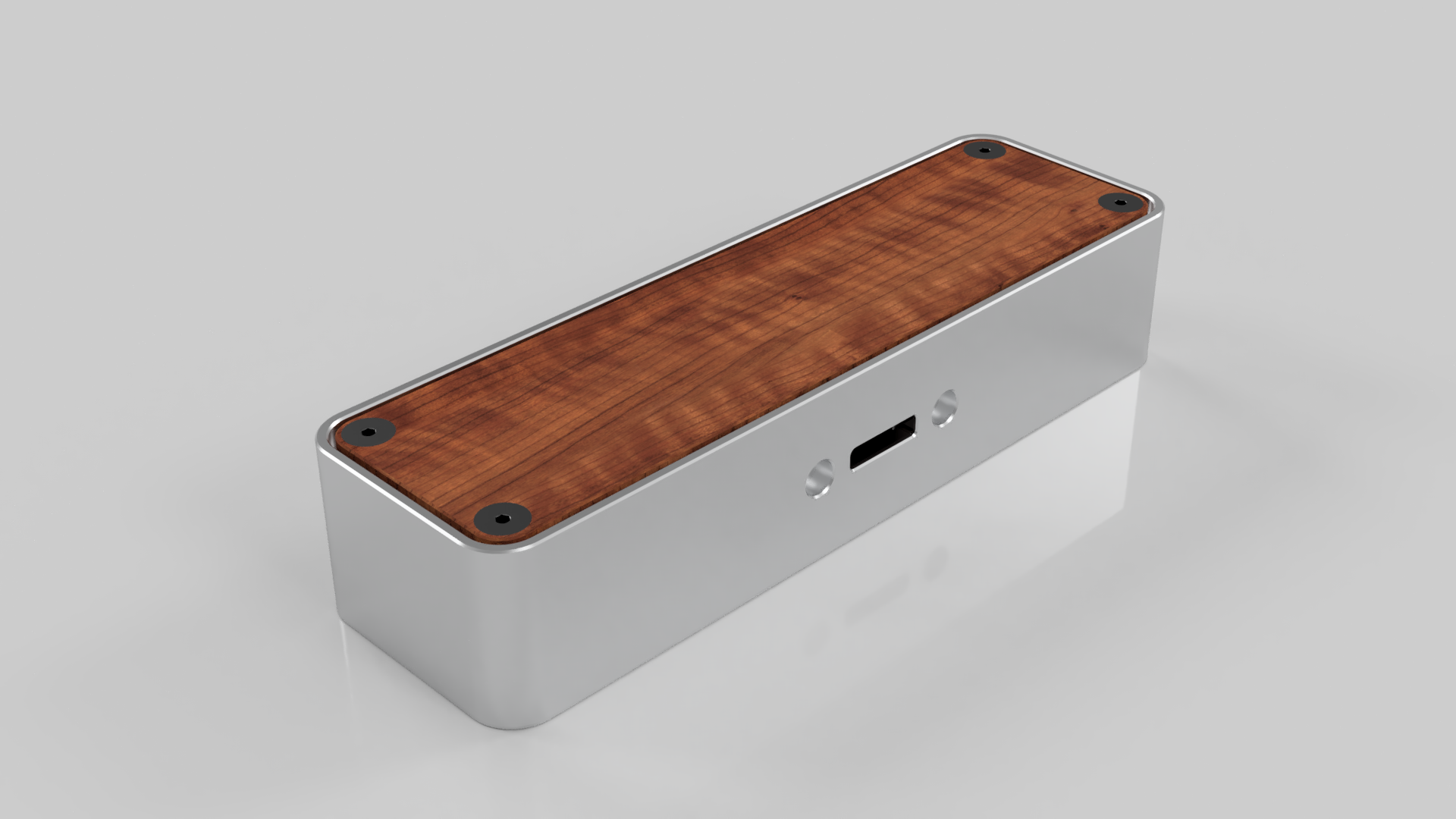
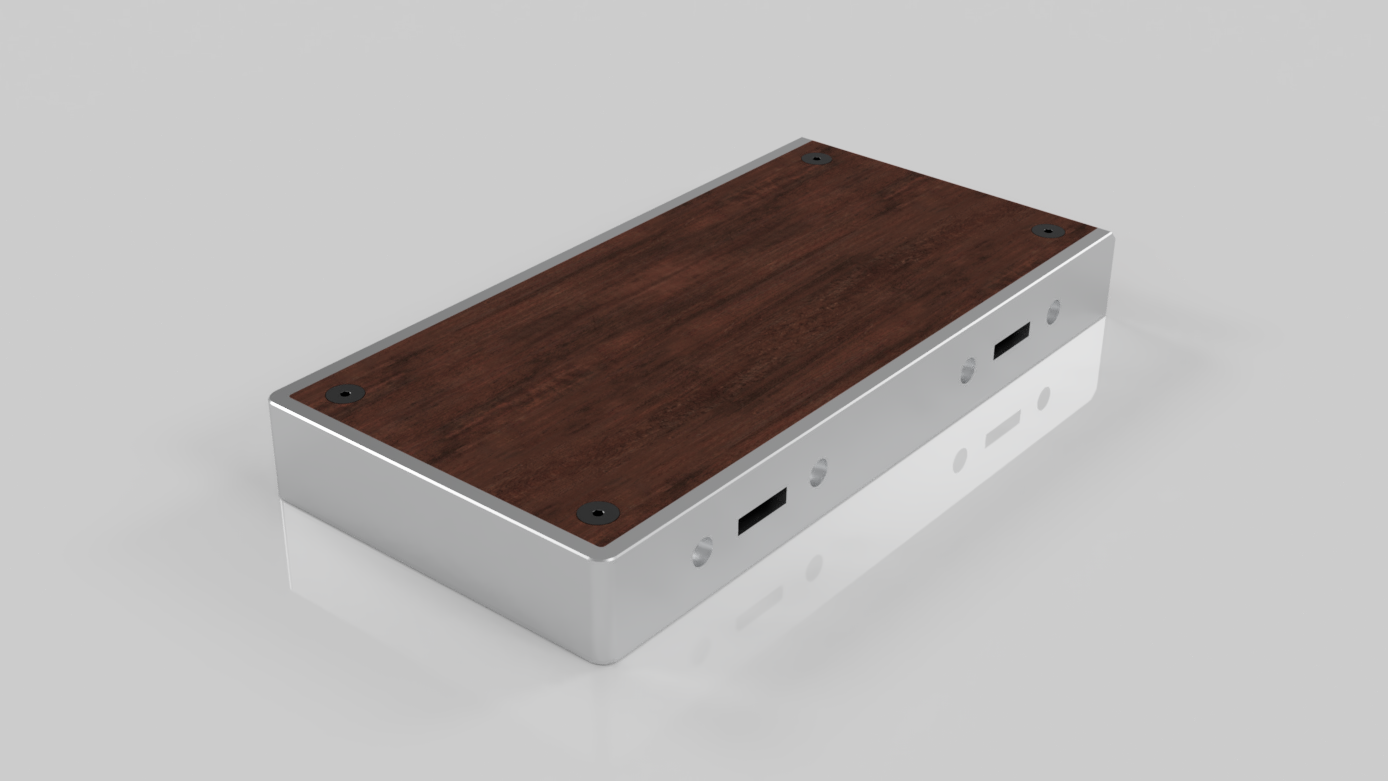

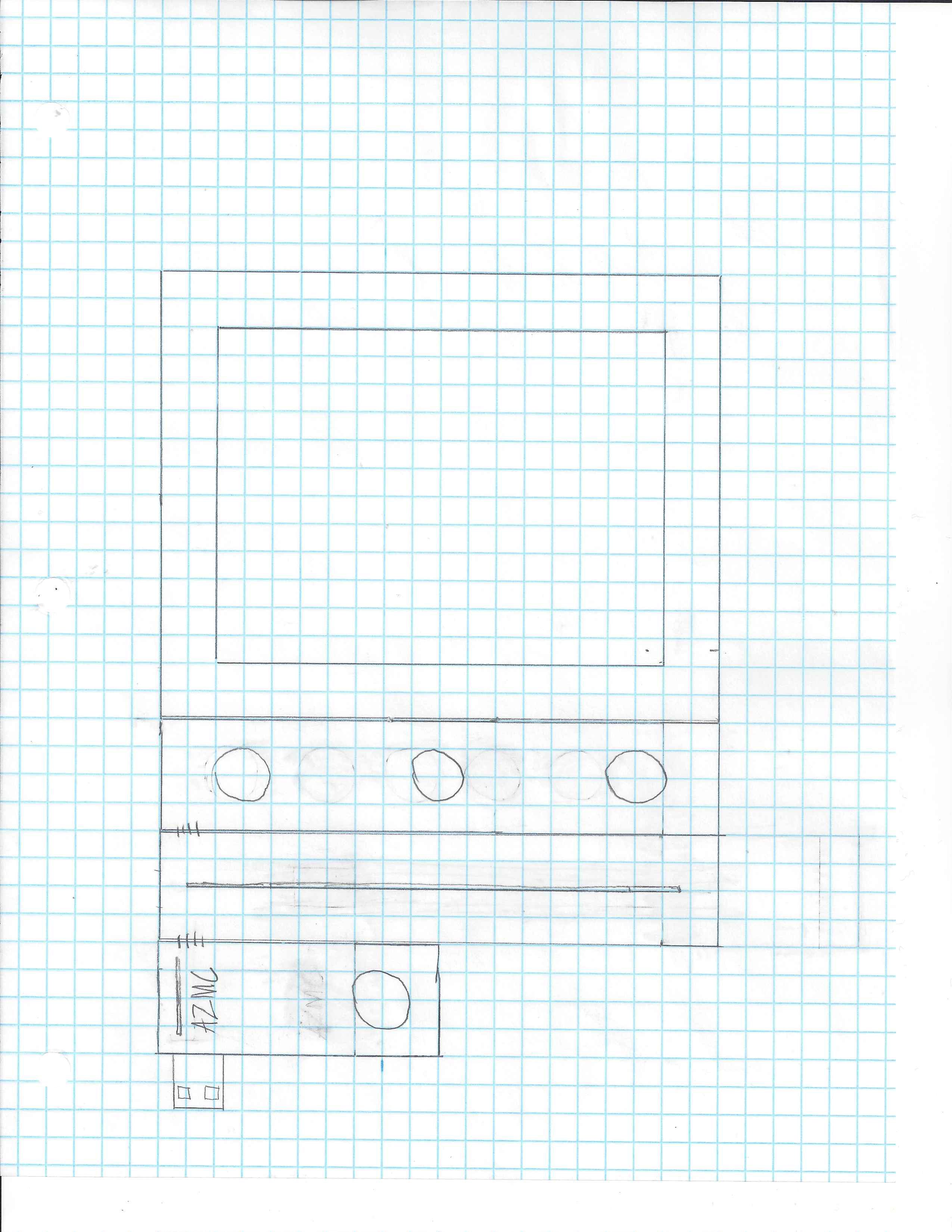

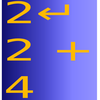
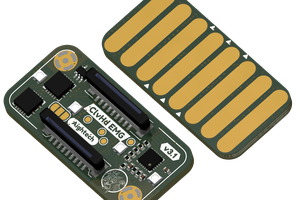
 Aightech
Aightech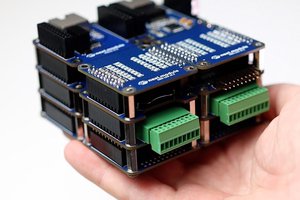
 Ruslan
Ruslan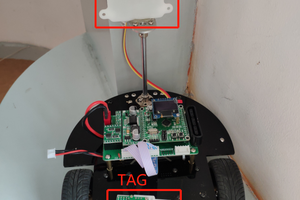
 Richard
Richard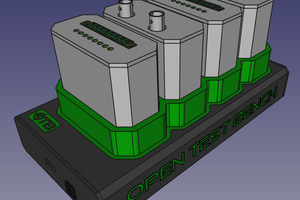
 Bastien
Bastien
In case you don't know: 'Palette gear' is almost the same.. but yours is way more beautiful ;)
I also made a simple prototype a while ago but i struggeled with the usb communication. would be cool if you give some insights on that.